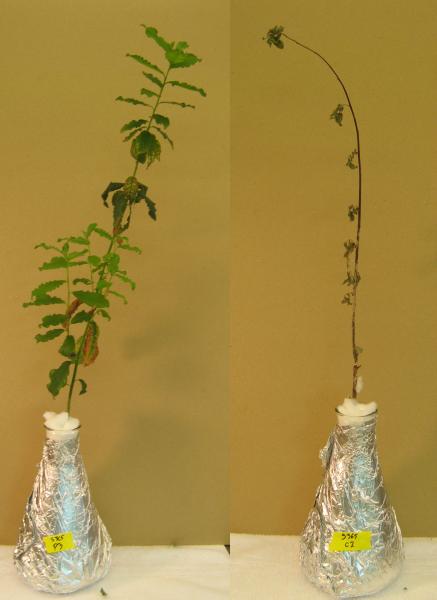Scientists using a microbe that occurs naturally in eastern cottonwood trees have boosted the ability of two other plants – willow and lawn grass – to withstand the withering effects of the nasty industrial pollutant phenanthrene and take up 25 to 40 percent more of the pollutant than untreated plants.
The approach could avoid the regulatory hurdles imposed on transgenic plants – plants with genes inserted from or exchanged with other plant or animal species – that have shown promise in phytoremediation, the process of using plants to remove toxins from contaminated sites, according to Sharon Doty, associate professor of environmental and forestry sciences and corresponding author on a paper about the new work in Environmental Science & Technology.
“Our approach is much like when humans take probiotic pills or eat yogurt with probiotics to supplement the ‘good’ microbes in their guts,” she said.

